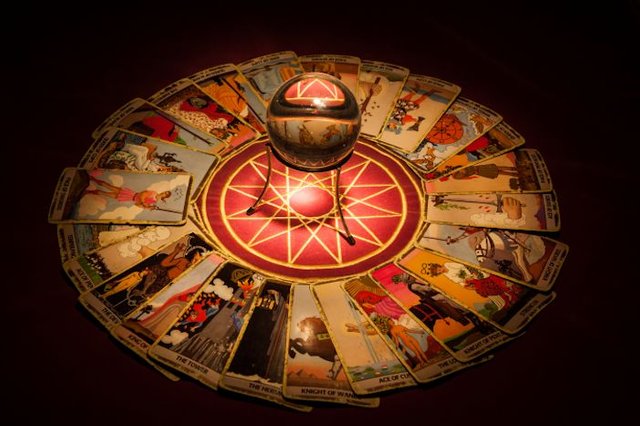Learning to Read Tarot Part 1 - A Tarot Glossary
While Tarot reading is a rewarding hobby or even a profession for some, when someone decides that they want to learn to read Tarot Cards, one of the early obstacles they his is the specific language of Tarot. In this post, I intend to address this issue.
Here is a short list of uncommon words that will be encountered throughout this book together with their meanings. An understanding of these definitions is key to being able to get the most from this book.
Arcana: Literally a secret or mystery. In the context of Tarot reading, this refers to the deck being split into two distinct parts, the Major Arcana and the Minor Arcana. These two parts are dealt with in more detail below.
Court Cards: The sixteen cards in the Minor Arcana that relate to a personified set of attributes rather than of numeralogical significance to the theme of the suit. These cards are usually, although not always, called the Page, the Knight, the Queen, and the King.
Deck: A full set of 78 Tarot cards (Tarot cards are never referred to as a “pack of cards”).
Divination: The art of seeking to foresee future events or discover hidden knowledge usually by the interpretation of signs, symbols and omens. In Tarot reading this refers to our interpreting the symbols, order and layout of a Tarot spread.
Major Arcana: The twenty-two cards in a Tarot deck, numbered 0 to XXI (occasionally 0 to 21 using Arabic numerals), also referred to as Trumps in some works on the art of Tarot. The Major Arcana relate to our spiritual journey through life in general and in a reading refers to major events.
Minor Arcana: The fifty-six cards encompassing four suits (Wands, Cups, Swords & Pentacles); each numbered ace to ten, plus the four court cards. This is similar to a regular pack of playing cards. Suit names may vary, whilst retaining the symbolism, the names for the suits mentioned above are those most commonly used. The minor arcana speak to us of events and occurrences.
Querent: In a reading, the Querent is the person asking the question. If someone is reading for herself, she is both the reader and the Querent.
Reader: The reader is the person who actually carries out the reading and interprets the cards laid out in response to the question.
Reading: Making use of Tarot cards to answer a question.
Situation: In this book, the word situation refers to the specific situation that the reading is about, it is the core of the question.
Spread: The way the cards are laid out in order to be interpreted. Most spreads include specific meanings for each position, but some spreads do not use positional meanings. Even a single card laid down as response to a question is a Spread.

@audax Very interesting and informative post, i must say! Upvoted!
I am a strong believer in Tarot Power!
Cheers!!!
Many thanks, I'll be posting a rebuttal of some Tarot myths shortly, you may find it interesting.
Congratulations @audax! You have completed some achievement on Steemit and have been rewarded with new badge(s) :
Click on any badge to view your own Board of Honor on SteemitBoard.
For more information about SteemitBoard, click here
If you no longer want to receive notifications, reply to this comment with the word
STOP